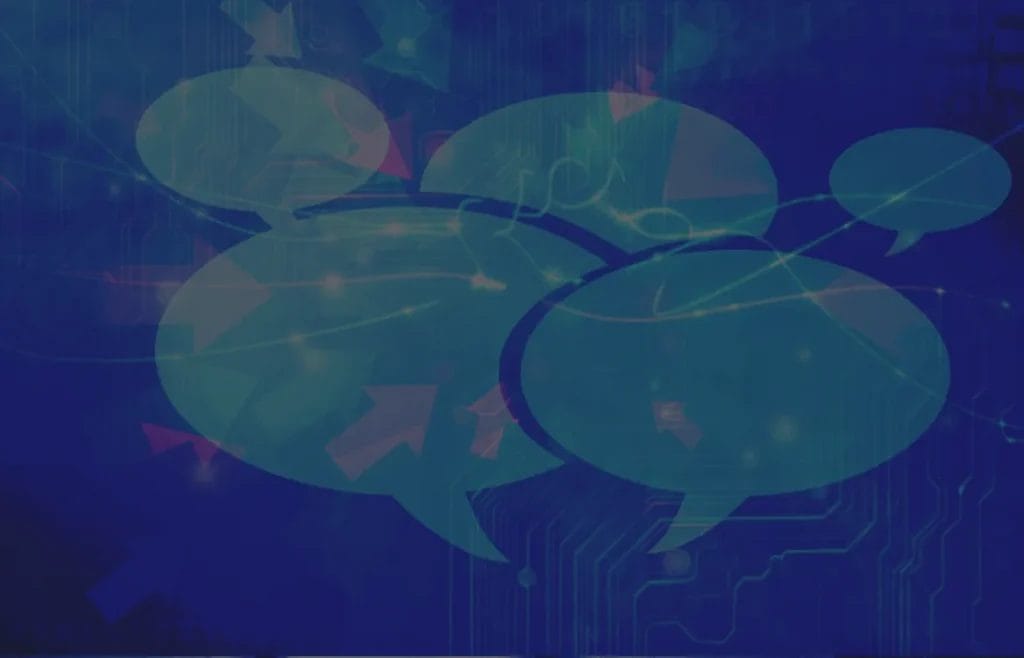Migraine Symptoms
Migraine Symptoms: Body Pain
Migraine is full body experience. Before, during and after an attack many people have body pain, including body aches, neck pain, facial pain and allodynia. The pain ranges from mild to severe, and can vary from person to person and attack to attack. Sometimes head pain will come along with body pain, but it’s possible to experience these symptoms and never have head pain at all. This symptom is very hard to cope with as it can make even the simplest daily tasks difficult to complete.
Read MoreMigraine Symptoms: Central Autonomic Parasympathetic Symptoms
Many people with migraine experience central autonomic parasympathetic symptoms. This
unique set of symptoms are rarely recognized as being part of migraine, which often leads to
misdiagnosis and inappropriate treatments. Though these symptoms are underrecognized, they
are actually fairly prevalent, and learning to recognize them may help guide diagnosis, provide
insight into treatment options, and help us understand the overarching burden of migraine
disease.
Migraine Symptoms: Speech Changes
Many people with migraine experience speech disturbances, also known as transient aphasia, which affect one’s ability to communicate. Speech communication is a complex process and more research is needed to fully understand how and why they are impacted by migraine. According to one study in which half of the participants experienced speech changes during migraine attacks, speech dysfunction could be as common of a migraine symptom as nausea and unilateral headache, and more common than vomiting. The study concludes that, upon further research, speech changes may be considered a key feature of a migraine attack. Despite this, speech dysfunction is not a migraine symptom that is frequently talked about.
Read MoreMigraine Symptoms: Mood Changes
Many people with migraine report mood changes before, during or after a migraine attack. Anxiety and depression are common in people with migraine, but other mood changes can also indicate that an attack is on its way. This rarely discussed symptom can greatly interfere with day-to-day life and be quite difficult to manage.
Read MoreMigraine Symptoms: Dizziness and Vertigo
Dizziness and vertigo are two other challenging migraine symptoms. Like visual disturbances, fatigue and brain fog, dizziness or vertigo may be an early warning sign that an attack is starting. They may start prior to the onset of head pain, but some people may also have these symptoms with no head pain at all, and they can be disabling. Those who experience dizziness and vertigo frequently may be diagnosed with vestibular migraine.
Read MoreMigraine Symptoms: Brain Fog
Brain fog is another common and often debilitating migraine symptom. Like fatigue, brain fog can occur at any phase of a migraine attack. In the prodrome and aura phases, brain fog can be an early warning sign that an attack is beginning. It can last through the attack stage and continue on through the postdrome phase, lasting for hours or even days. In fact, some people experience varying levels of brain fog all the time. Brain fog is a challenging and invisible migraine symptom.
Read MoreMigraine Symptoms: Fatigue
Fatigue is a common and often debilitating symptom that can happen at all stages of a migraine attack. In the prodrome phase, it may signal that an attack is coming and can be a good reminder to listen to your body, to slow down, rest and practice self-care. Fatigue can continue through the aura and attack stages and is often at its worse during the postdrome stage, sometimes lasting for several days. Many people with migraine report feeling tired and low-energy most of the time, regardless of where they fall in an attack cycle. Fatigue is a difficult and invisible symptom that impacts all aspects of life.
Read MoreMigraine Symptoms: The Aura Phase
Aura symptoms are sensory disturbances that generally signal an attack is coming. They typically last 5-60 minutes and precede the onset of head pain, though they may be ongoing for some. It’s also possible to experience aura symptoms and never get head pain at all. Like all migraine symptoms, aura symptoms and their intensity vary from attack to attack, and some people never experience them at all.
Read MoreThe Four Phases of Migraine Attacks
Did you know there are four phases to migraine attacks? Did you know that each “phase” comes with its own sweet set of symptoms? It’s not just nausea, vomiting and head pain—as if that isn’t enough by itself! We’re going to look at vision distortion, cravings, emotional changes, energy levels, and much more! And, we’re going to look at when each of these MIGHT occur during a migraine attack. Then of course, there’s the sweet “interictal period.” That time in between attacks when theoretically you are symptom-free, but in reality… that is often far from the truth! That’s a topic for another blog, but in short —migraine attacks are complex, unpredictable and debilitating, but being armed with information can help!
Read MoreAttack-Based Care: Triggers
Migraine triggers are that all elusive aspect of life with migraine. They’re something we have all heard of, and something we tend to talk a lot about. However, did you know that some triggers can result in more treatment resistant, faster escalating, or more debilitating attacks, while others seem to result in less severe attacks? So, how can we approach treating a migraine attack based on what triggered it? Knowing this can help you come up with an attack-based plan where you can quickly decide how to treat. For example, you will have a better idea of whether to start with an FDA-cleared medical device, rest and OTC medication, or jump straight into your full-strength rescue medication, a dark room, and the need to cancel all appointments or work.
Read MoreAttack-Based Care: Symptoms
Nausea? Head pain ? Vision distortion? What are your SYMPTOMS when a migraine attack hits? We know that no two people have the same migraine experience but did you know that even with the same person, attacks can have different symptoms. It’s really important to know what your symptoms are and how they affect you, because that will help you figure out what options you will use to treat different attacks!
Read MoreMigraine Symptoms: Visual Disturbances
Many people with migraine experience visual disturbances. As is true with other migraine symptoms, visual disturbances vary from person to person and attack to attack. Visual disturbances can greatly impact your sensory system and cause an increase in anxiety. In addition, they can make it difficult, or even impossible, to go about normal activities.
Read More










